
The 2024 International Forum (TEDA) on Chinese Automotive Industry Development (IFCAID 2024) was held in TEDA from 29th August to 1st September 2024. Themed on “Building on the Extraordinary Twenty Years & Working Together for a Shared Future”, the forum stuck to its role as a think tank and gathered government officials, industry experts, and business executives together. During four days of intensive communications and exchanges, participants engaged in all-round and multi-perspective strategic and forward-looking discussions and dialogues and worked together to provide insights and suggestions for fostering new quality productive forces and promoting high-quality industrial development.
^
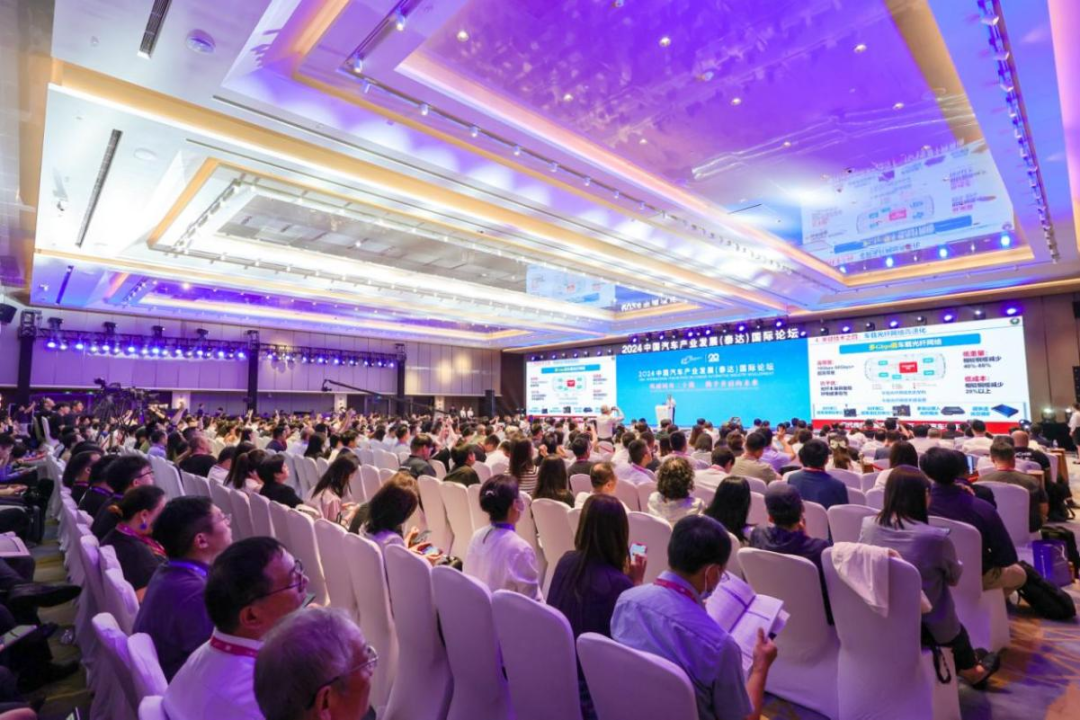
Taking its 20th anniversary as an opportunity, IFCAID 2024 focused on the emerging trends in automotive industry transformation, offering a series of recommendations for industry development.
^
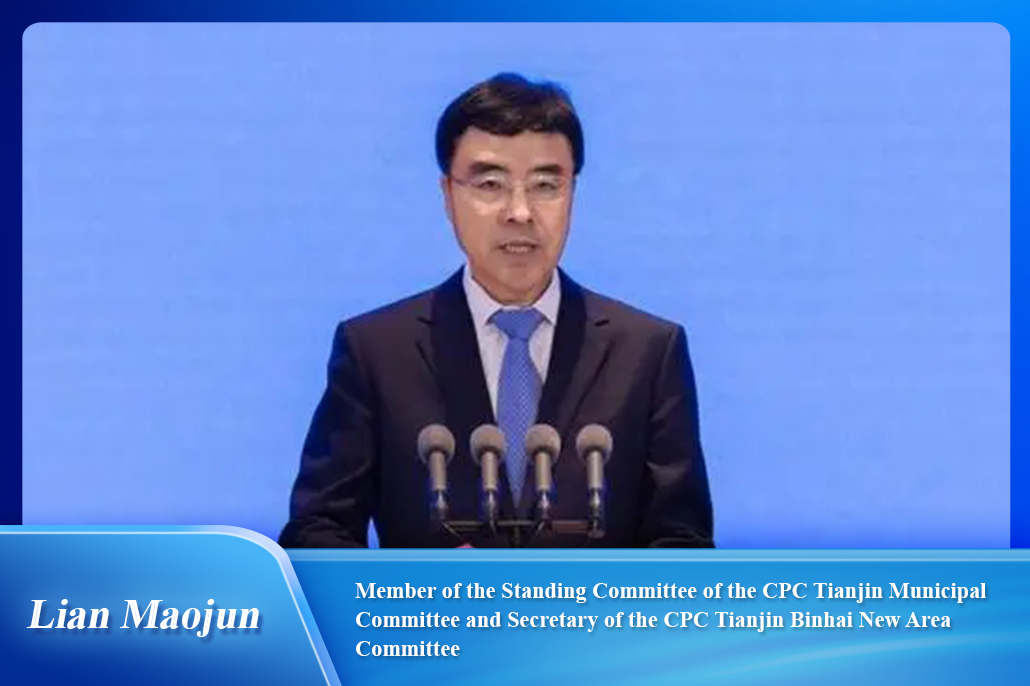
“Tianjin is one of the key automotive hubs in North China while Binhai New Area serves as ‘the main battleground’ of the automotive industry in Tianjin and is among China’s earliest national-level demo bases for the neo-industrialization of the automotive industry. We musthas continued to enhance the ‘industrial chain’ working mechanism to create a safe, controllable, and more resilient automotive industrial chain. We must target both international and domestic markets to help expand sales channels. Additionally, we must grasp the trends of green, intelligent, and connected vehicles to elevate the industry to a higher level. Furthermore, we must promote the integration of the innovation chain, industrial chain, capital chain, and talent chain to create the optimal industrial ecosystem.”
^
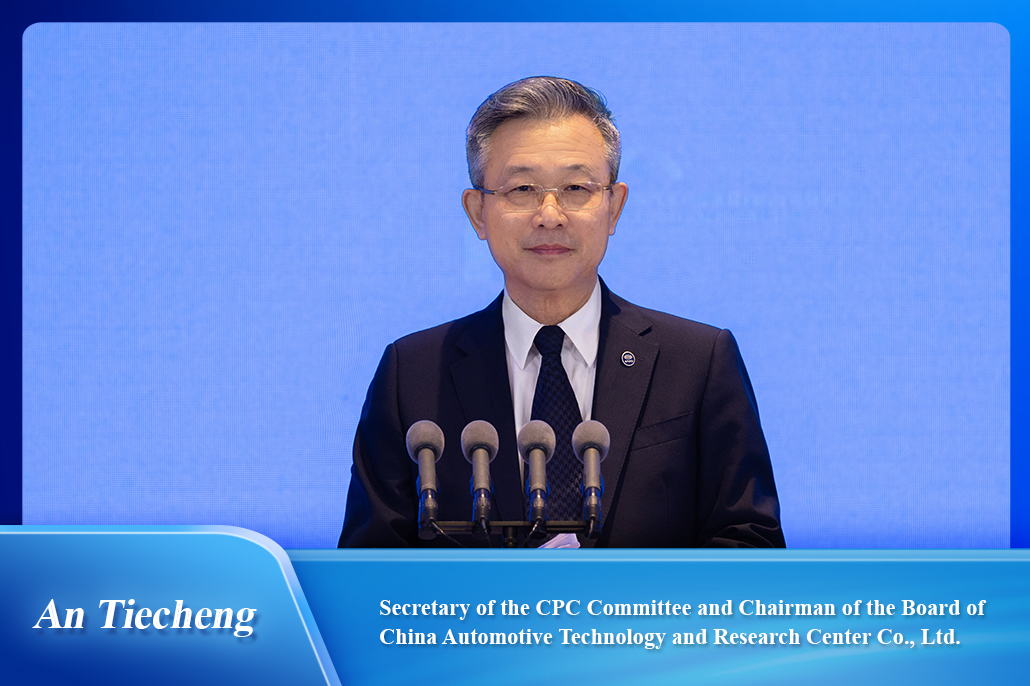
“China must leverage the development of new quality productive forces to seize the high ground in the industry, focusing on low-carbon and intelligent technologies to enhance and expand the new energy vehicle (NEV) sector. First, we will focus on core technologies to continuously strengthen and expand China’s advantages in the NEV industry. Second, we will stick to the ‘Vehicle-Energy-Road-Cloud’ integrated development approach to drive industrial transformation and upgrading. Third, we must pursue sustainable development to build and improve a new industrial ecosystem. Finally, we will focus on global markets to enhance the international competitiveness of China’s automotive industry.”
^
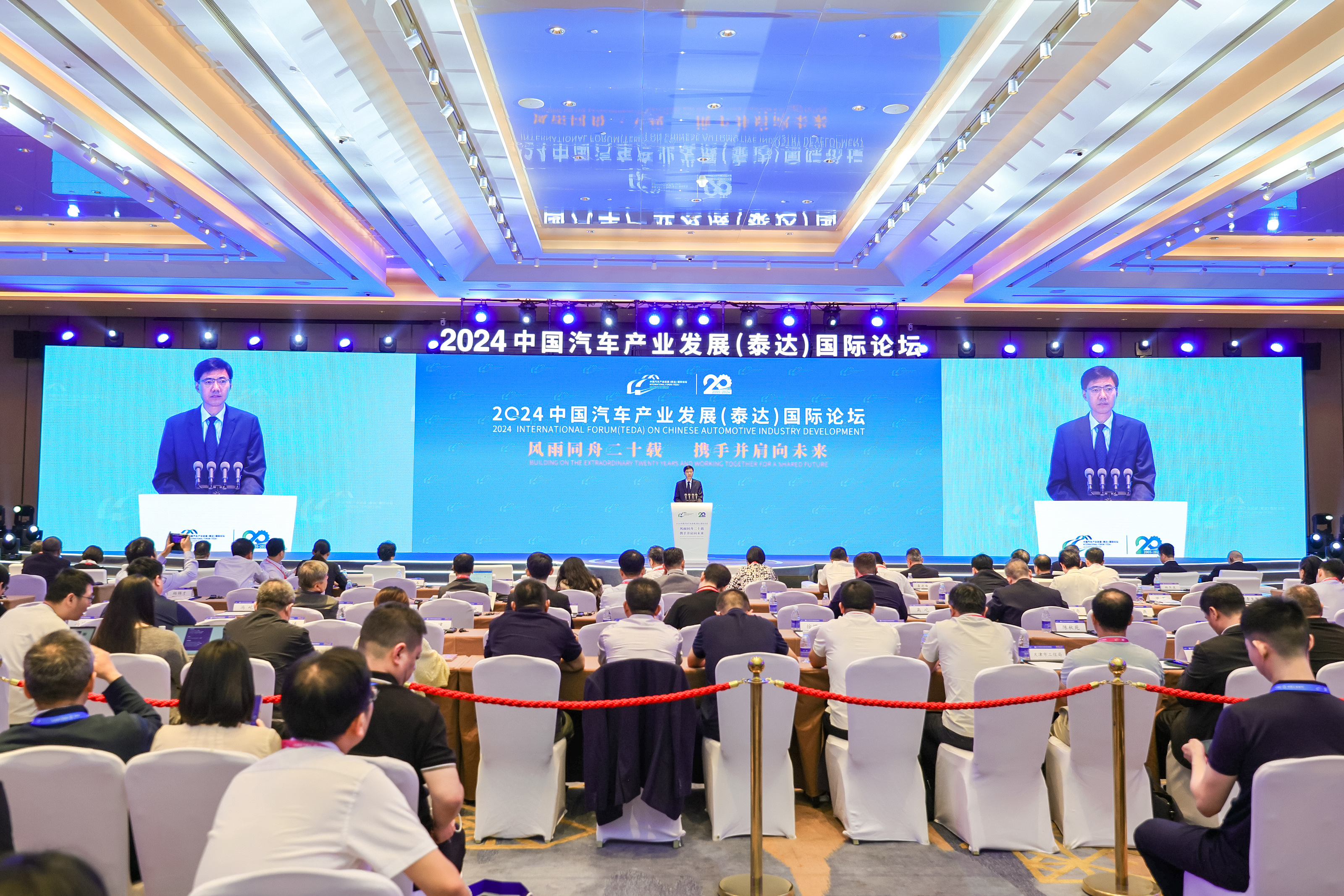
1. Five Ministries and Commissions Gathered Together to Release Policy Directions
During the opening ceremony, five ministries and commissions released authoritative policy interpretations and future policy directions focused on several key areas: proactively expanding NEV consumption, continuously supporting technology R&D and application, accelerating the improvement of energy replenishment infrastructure, enhancing international market competitiveness, deepening institutional reforms to improve regulatory efficiency, and promoting the high-quality development of the automotive aftermarket.
^
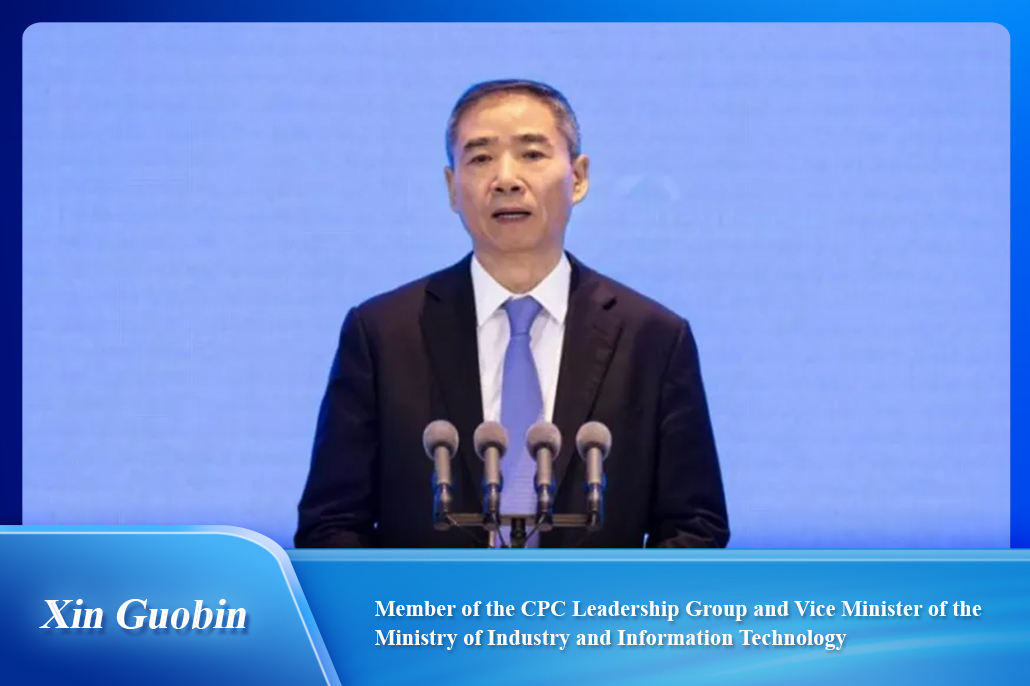
“The Ministry of Industry and Information Technology will work with relevant departments to stick to innovation-driven and open cooperation principles to promote high-quality development of the automotive industry. The key tasks include five aspects: First, continuously supporting industrial technological innovation; Second, promoting cross-sectoral integrated innovation; Third, optimizing the industrial development environment; Fourth, improving policy and standards systems; Fifth, deepening industrial openness and cooperation.”
^
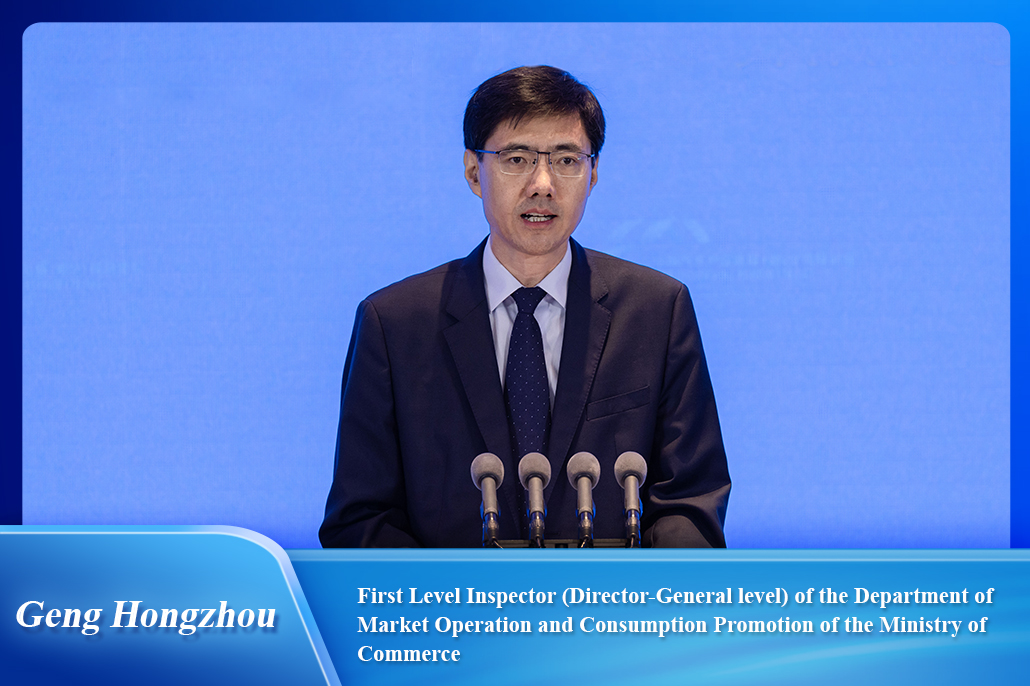
“Replacing old consumer goods with new ones is a systemic project that involves millions of households. We fully respect consumer preferences and will allocate funds to support the replacement of old cars with new ones, ensuring that tangible financial benefits reach more consumers. The policy of replacing old cars with new ones will be applied equally to both domestic and foreign capital, ensuring fair treatment.”
^
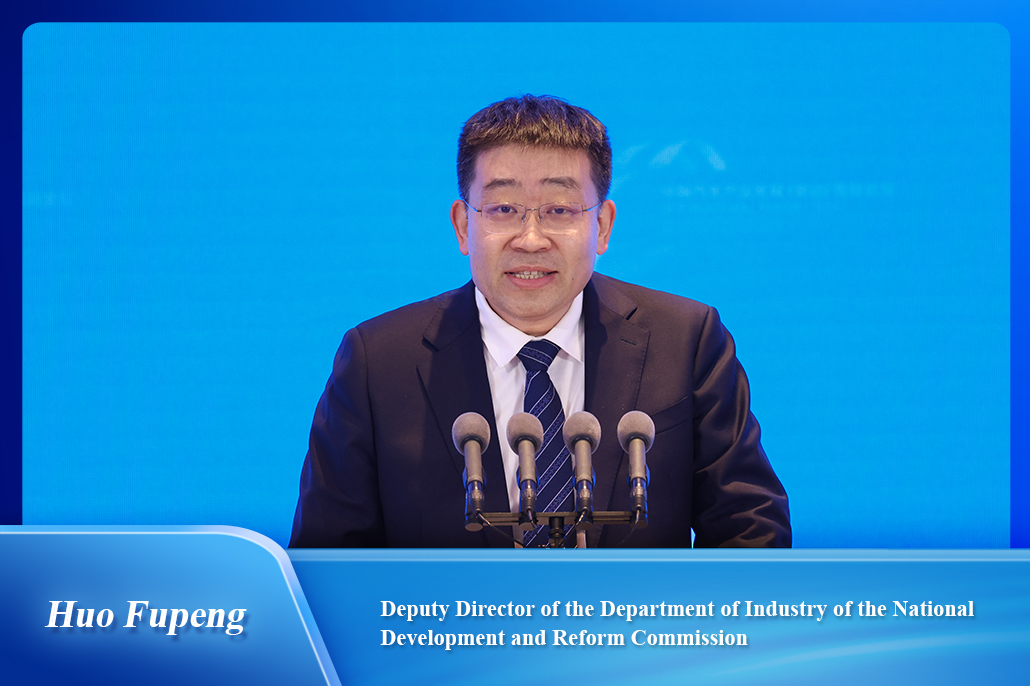
“We will accelerate the implementation of large-scale equipment renewal and the replacement of old consumer goods with new ones, and expedite the construction of parking and charging facilities. We will encourage enterprises to enhance the R&D of key technologies such as power batteries and intelligent driving. We will support local governments in developing integrated “Vehicle-Road-Cloud” demo zones. We will refine industrial policies and strengthen overall planning to further curb blind investment impulses by local governments and enterprises, thereby regulating development order. Additionally, we will support leading automotive companies in expanding overseas markets in an orderly manner, and help them effectively deal with international trade frictions, providing strong support for enterprises to ‘go global’.”
^
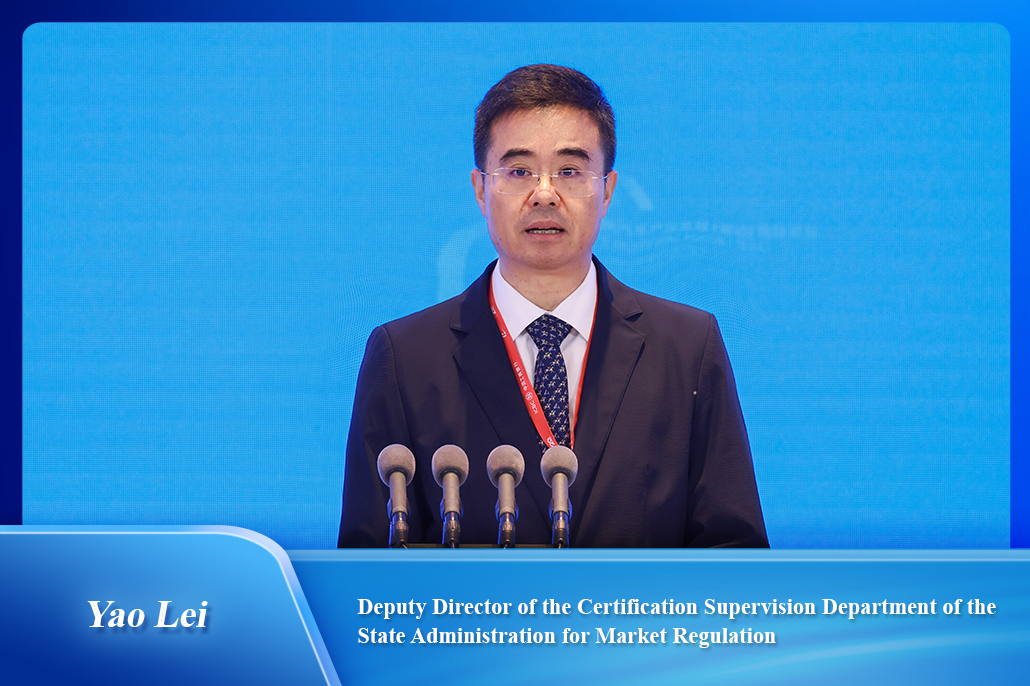
“The State Administration for Market Regulation will continue to reform and improve the CCC (China Compulsory Certification) system, with pilots deployed for certification, self-inspection, and self-verification of compulsory products to encourage technological innovation. The next steps will focus on three areas: First, strengthening supervision and management to create a trustworthy consumer environment; Second, promoting high-end quality certification to increase the supply of high-quality products; Third, advancing international mutual recognition to support the internationalization of the automotive industry.”
^
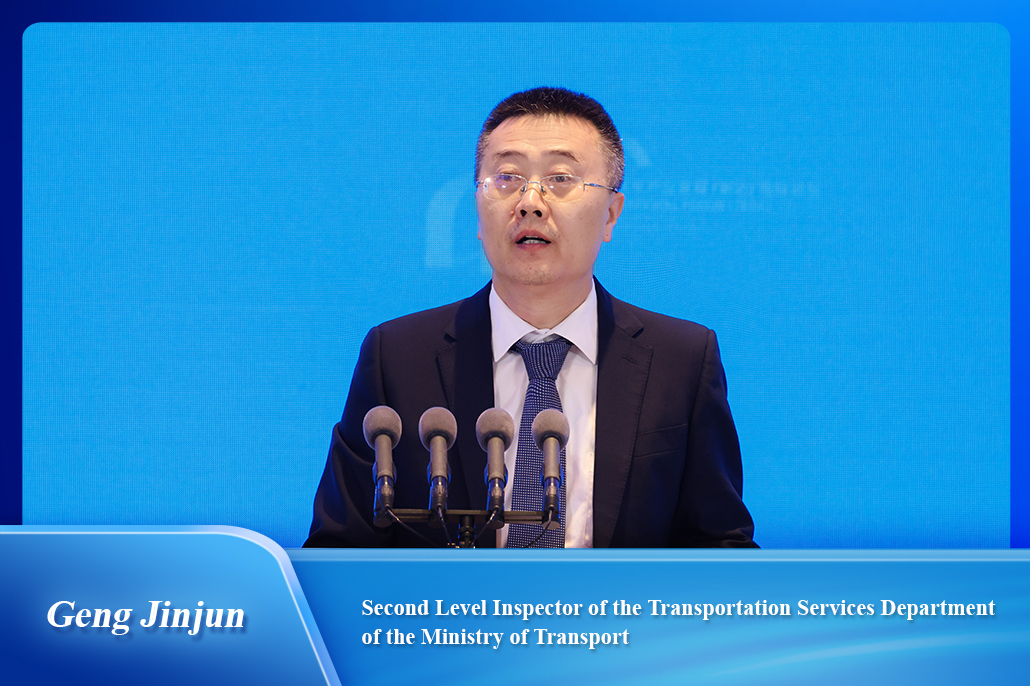
“Challenges are still remained in the promotion and application of NEVs in certain cities, such as blind trend-following, high insurance premiums for operating NEVs, and NEVs maintenance. First, R&D efforts must be intensified to continuously improve the safety, reliability, and maintainability of power batteries. Second, flow channels for auto components must be opened up and non-authorized repair enterprises must strengthen their capabilities of repairing the three electric systems (battery, motor, and electronic control). Third, OEMs and NEV importers must strictly implement automotive repair technical information disclosure and promptly release repair information of NEVs as required. Fourth, support mechanisms must be established and improved to ensure after-sales, repair, and guarantee services for vehicles from bankrupt and exited enterprises from a regulatory perspective.”
^
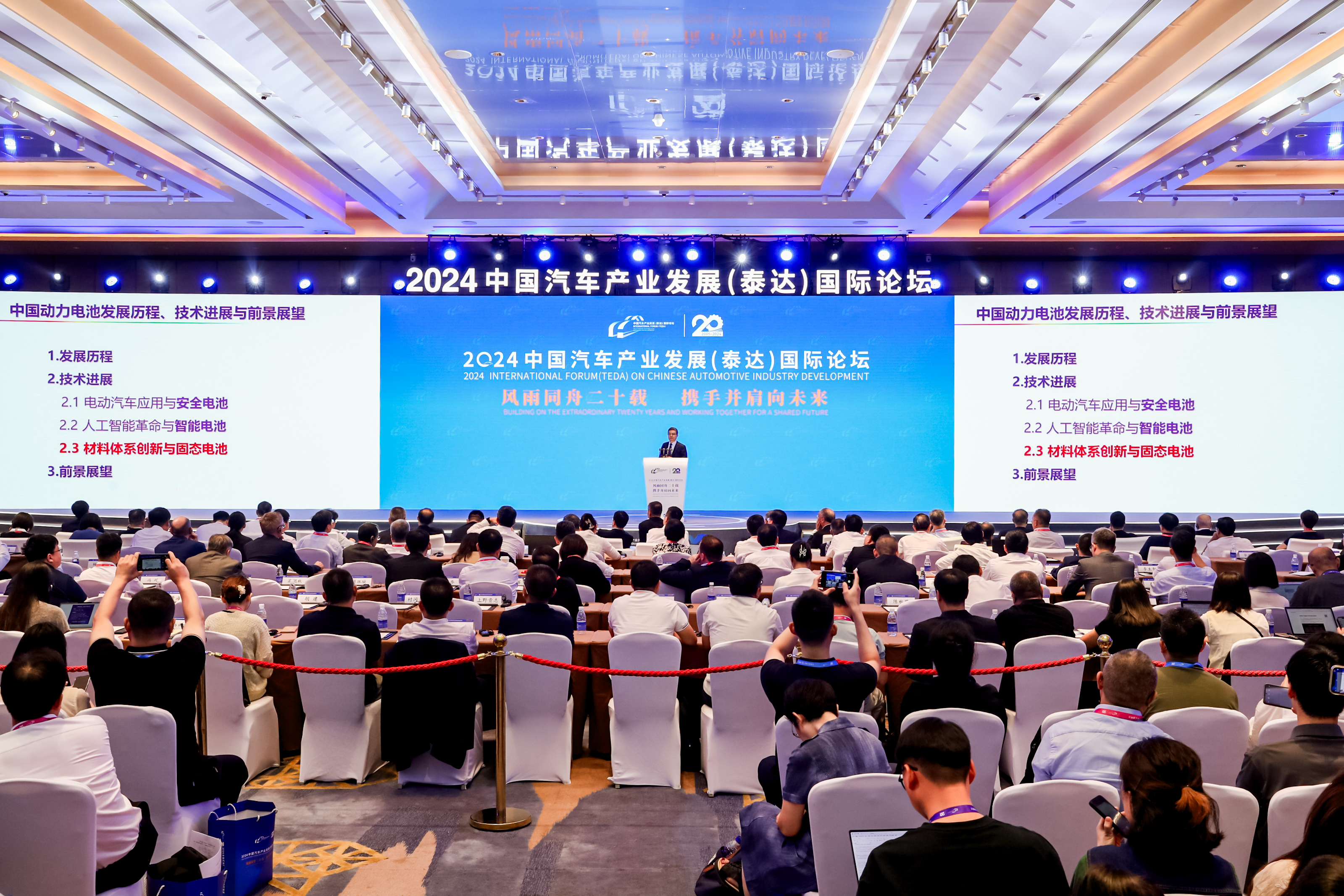
2. Academicians Focused on Cutting-edge Technologies to Pave New Paths for Technical Breakthroughs
Three prominent academicians—Ouyang Minggao, an academician of the Chinese Academy of Sciences and professor of Tsinghua University; Sun Fengchun, an academician of the Chinese Academy of Engineering and professor of Beijing Institute of Technology; and Yang Yusheng, an academician of the Chinese Academy of Engineering—shared their insights on the development of key technologies for NEVs, including power batteries, electric drives, vehicle platform architectures, and intelligent driving systems.
^

“China’s power battery industry should vigorously develop the green electricity market and strengthen the dual-driving force of ‘solid-state batteries with high specific energy’ and ‘low-cost, long-life lithium-ion batteries’. The industry should shift towards the resource-rich western regions, with a significant new energy revolution expected to erupt by 2030.”
^
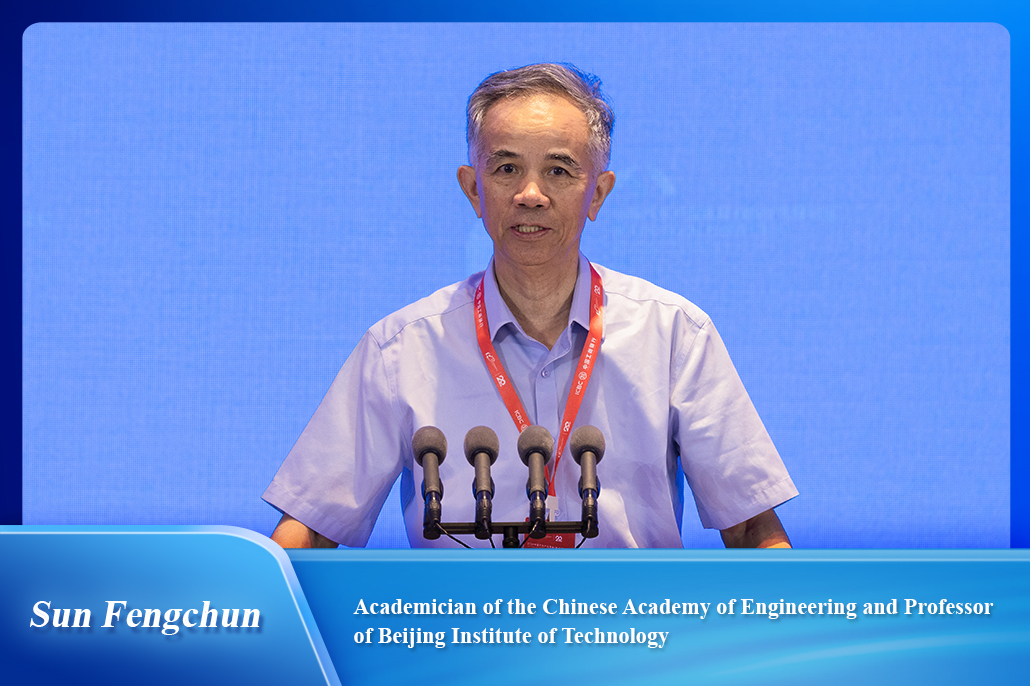
“Research and development should be accelerated in key areas such as distributed drive chassis, E/E (electrical/electronic) architecture, OS systems, major ‘three electrics’ (electric control, motor, battery), minor ‘four electrics’ (electric air conditioning, electric braking, electric steering, electric suspension), as well as carbon labeling, carbon accounting, and carbon trading. The advancement of these crucial technologies is vital for the progress of the automotive industry.”
^
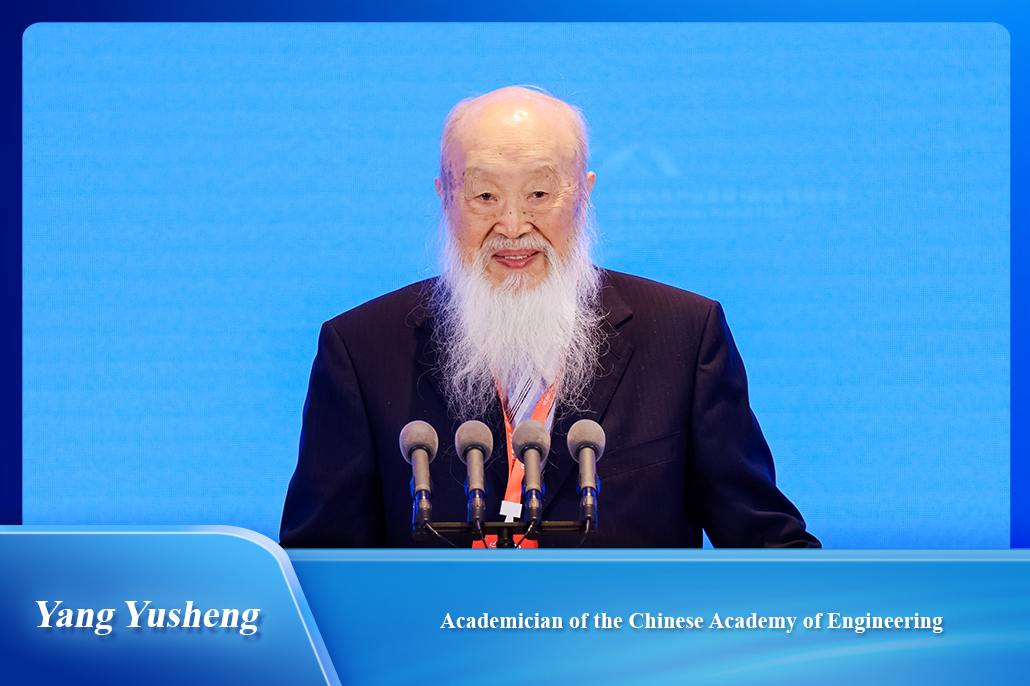
“In the development of new energy vehicles, battery safety must be prioritized above all else, and a one-sided pursuit of high specific energy should be avoided. The development of solid-state batteries must follow the principles of scientific progress, with long-term planning to effectively address challenges related to key materials and core technologies.”
^
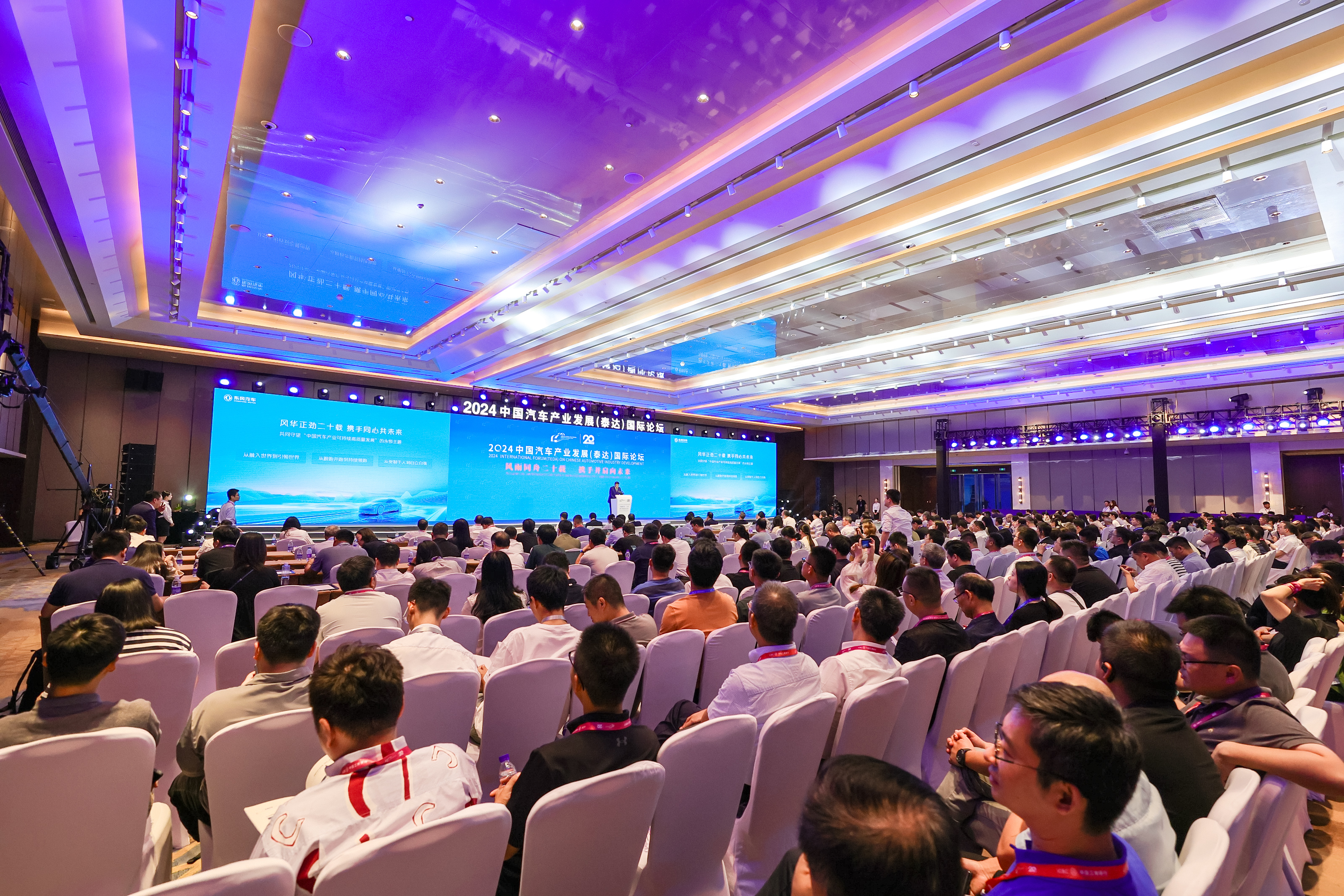
3. Automotive Industry Leaders Exchange Views to Explore New Driveways for Future Development
At the high-level summit, top executives from major domestic and international automotive companies and related enterprises in the industry chain, gathered to deeply analyze the trends of industrial transformation from various perspectives. They shared their practical experiences and development strategies in leading innovation and building new quality productive forces.
^
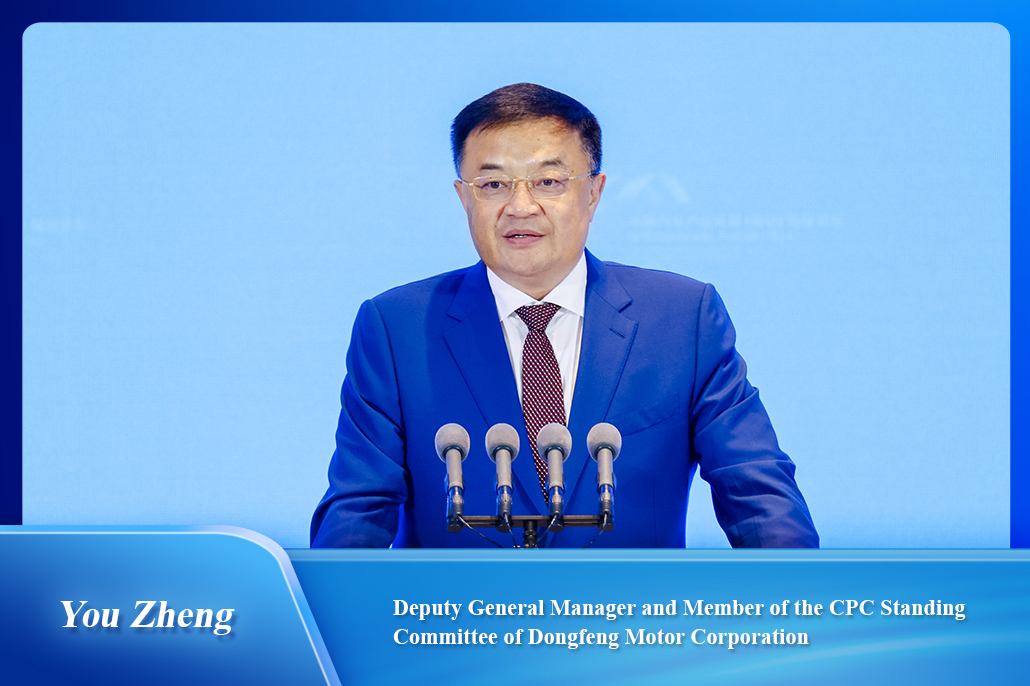
“The past 20 years have been a period of disruptive technological innovation in the century-long history of the automotive industry. The ‘three verticals and three horizontals’ technological layout has continued to improve. Automotive technology is currently in a phase of deepening electrification and low-carbon development, with rapid integration of intelligence and electrification. Around 2030, the industry will transition into a new ecological phase for vehicles.”
^
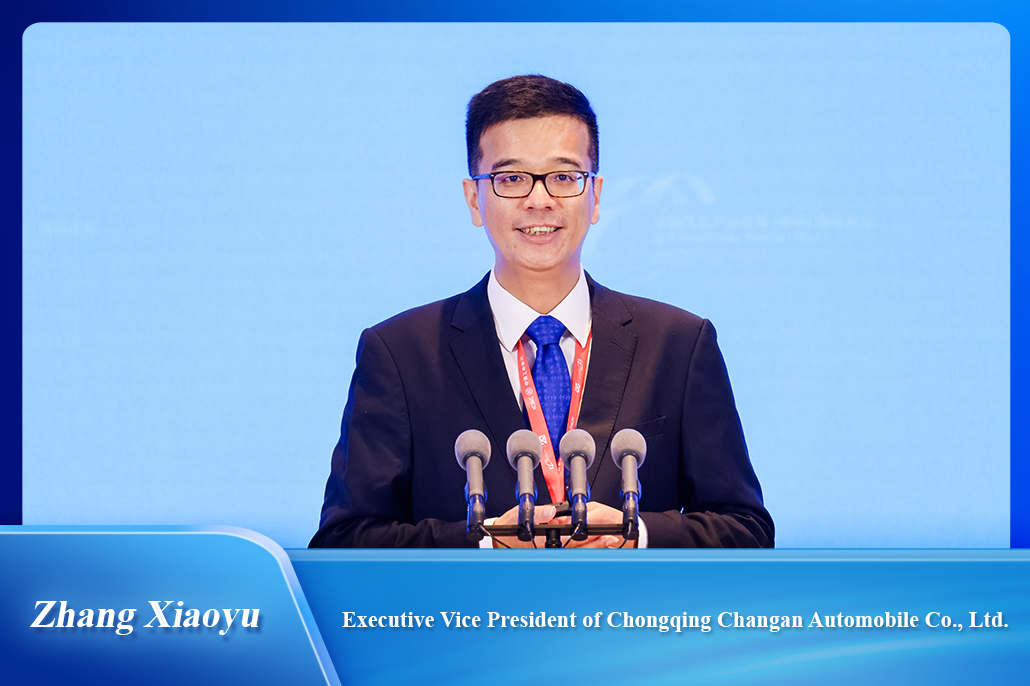
“In the era of digital intelligence, cars are beginning to evolve autonomously. With the empowerment of AI, the new forms of intelligent vehicles offer variability in product shapes, software, and functions, which can greatly meet users’ personalized and intelligent service needs.”
^
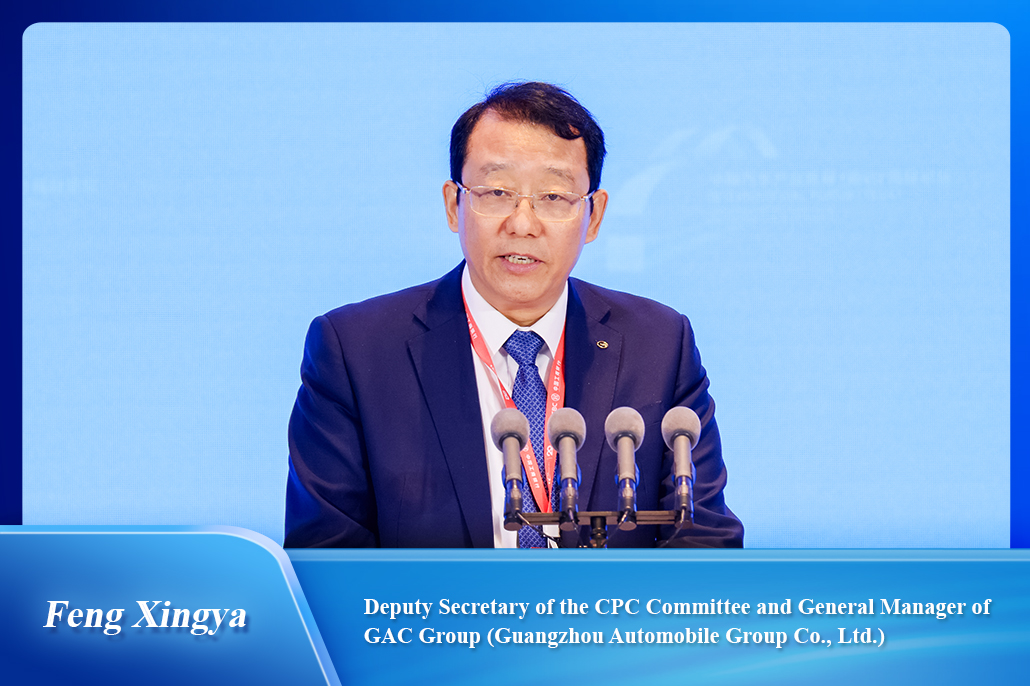
“The automotive pathway is moving towards a new stage of diversified coexistence. The diversity and differentiation in the energy structures of various countries indicate that the transition of automotive power systems is a gradual and long-term process. Each technological route has its advantages and is suitable for different application scenarios; no important technological route should be overlooked.”
^
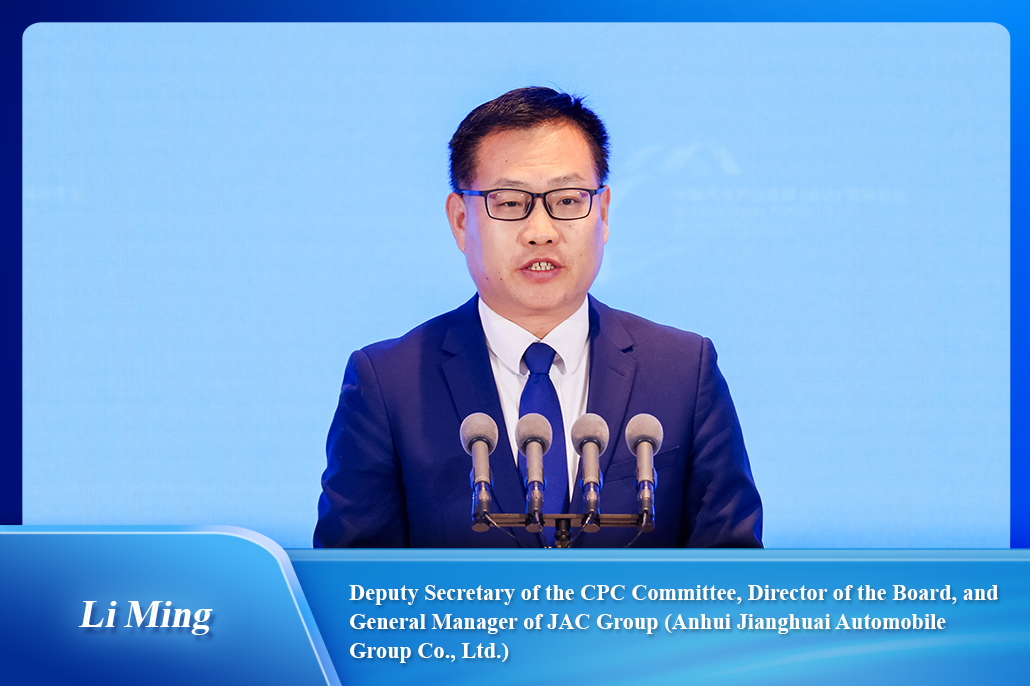
“In the face of rapid technological evolution, multi-industry integration, and structural optimization in this new phase, companies must return to exploring the fundamental needs of users. By focusing on user scenarios and innovating systematically through product technology, manufacturing technology, service technology, and business models, companies can not only meet but also surpass user demands, and even create new user needs.”
^
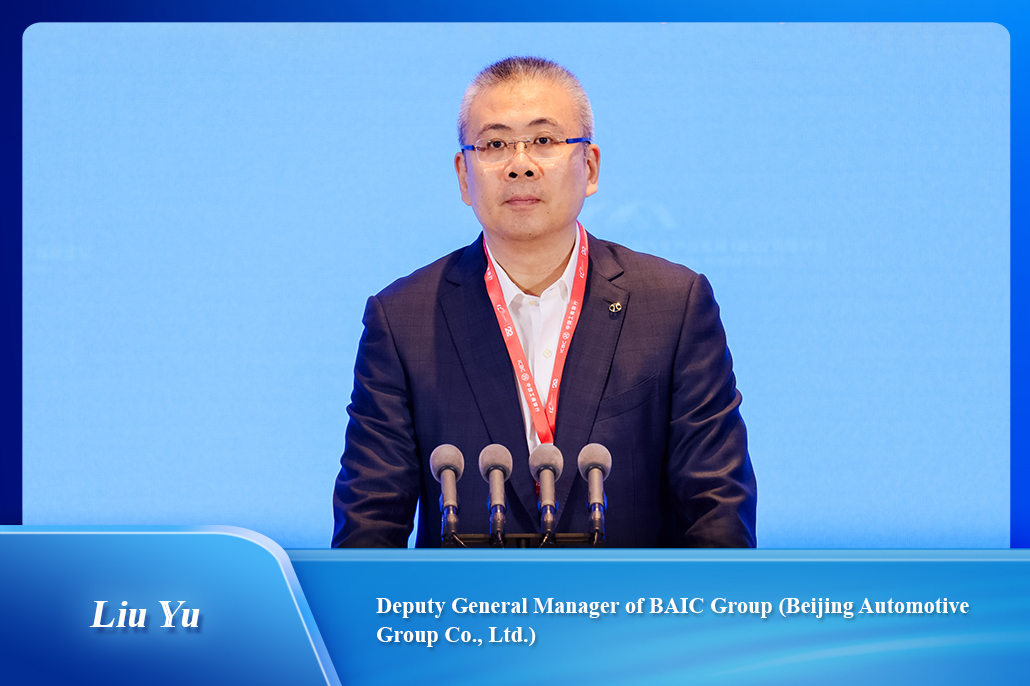
“Today, the core of a car is no longer the engine and handling but intelligence and ecology. We aim to drive development by interpreting younger and more up-to-date consumers and defining cars through scenarios, making vehicles more personalized. However, this personalization is for the mass market, not for niche segments.”
^
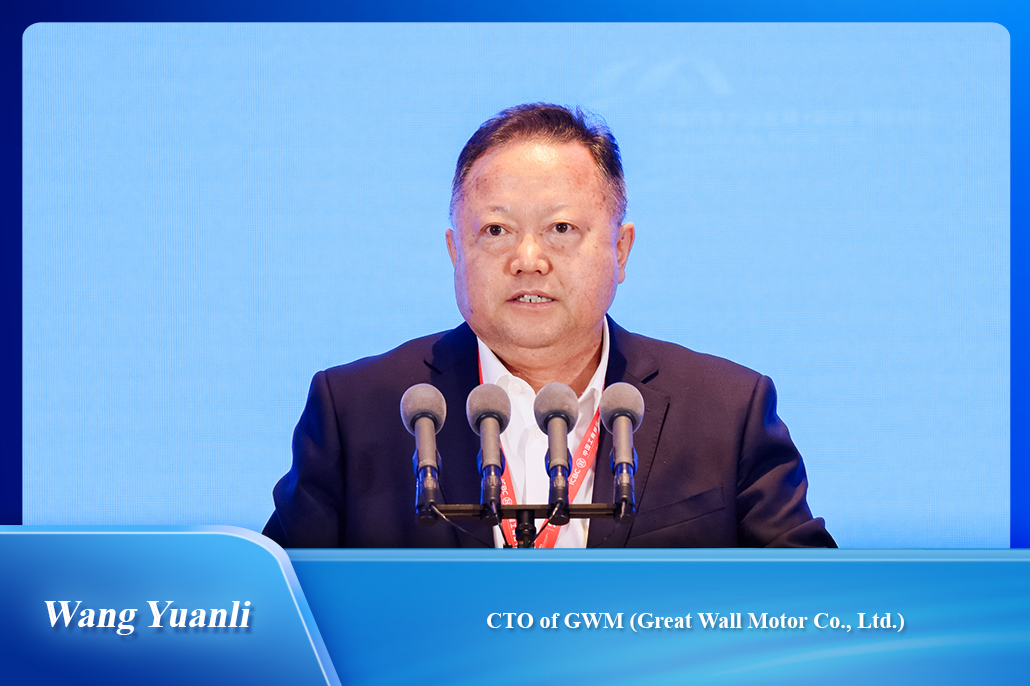
“To build a leading advantage, it is essential to establish a healthy industrial chain ecosystem. First, technological innovation should be the cornerstone to create a technological edge. Second, maintaining an open and integrated approach is crucial for connecting the upstream and downstream of the industrial chain. Third, a global R&D and validation system should be utilized to produce high-quality products.”
^
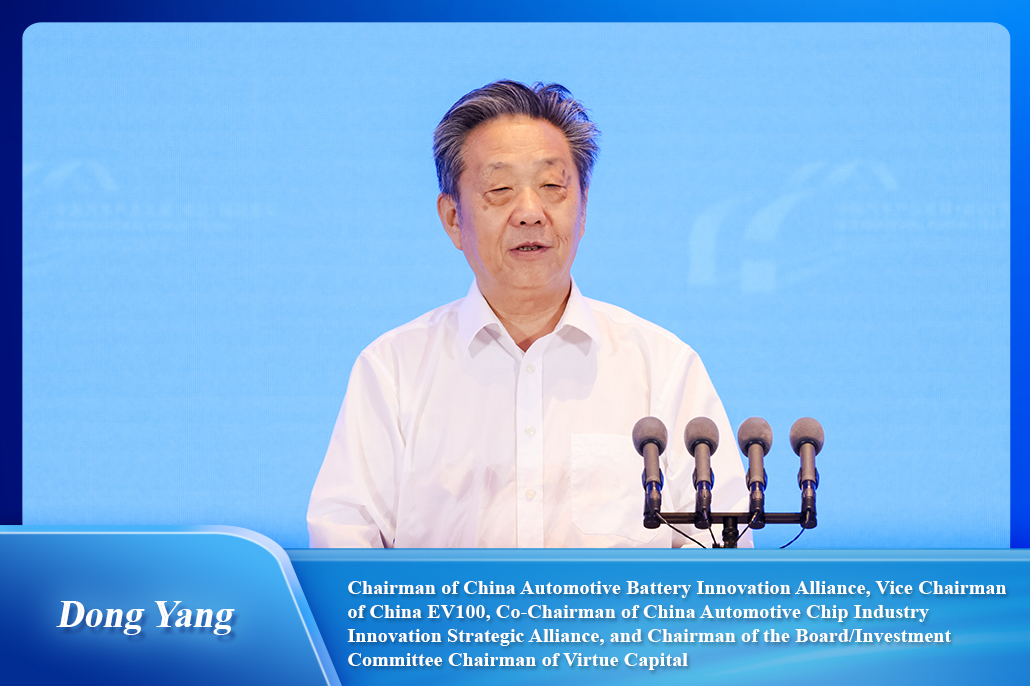
“The integration of automobiles and energy should focus on the application end; the generation and grid ends are not the current priorities. The integration of vehicle-road-cloud still holds great potential. The cloud side may develop the fastest based on internet thinking, the vehicle side will develop second fastest within the traditional market economy, and roadside infrastructure, which is strictly regulated, will progress more slowly, but it will eventually catch up.”
^
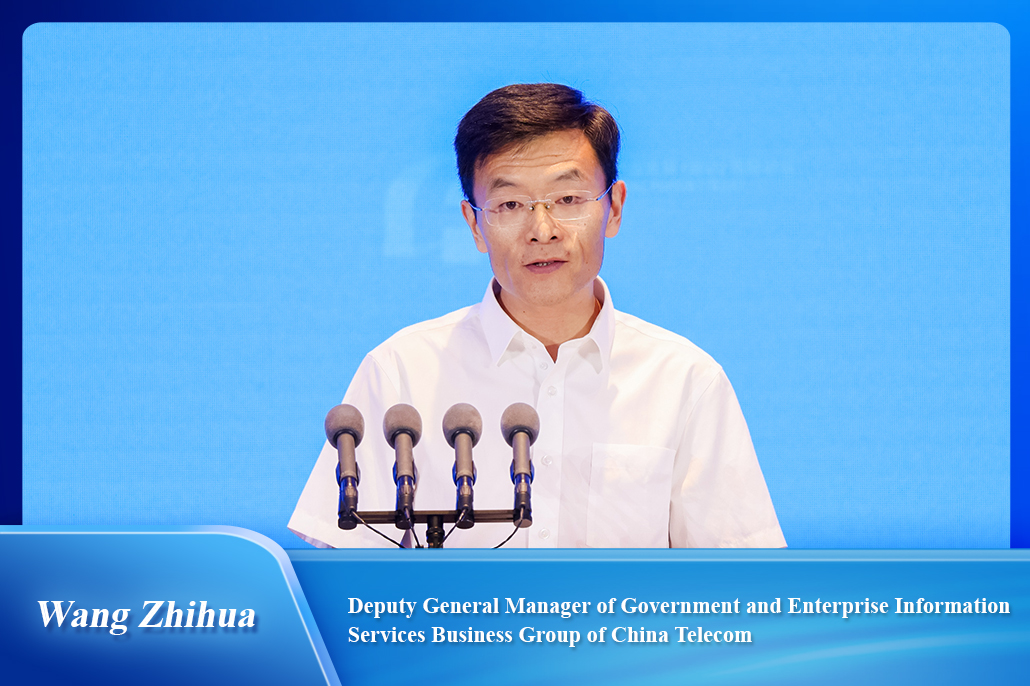
“With the development of autonomous driving technology, characterized by the integration and collaboration of ‘vehicle-edge-cloud-compute-network’, the Internet of Vehicles has entered the 4.0 era. The application of large models in vehicles has become the frontier of development. AI technology is accelerating in two areas: autonomous driving and intelligent cockpits, making smart vehicles capable of independent service and driving.”
^
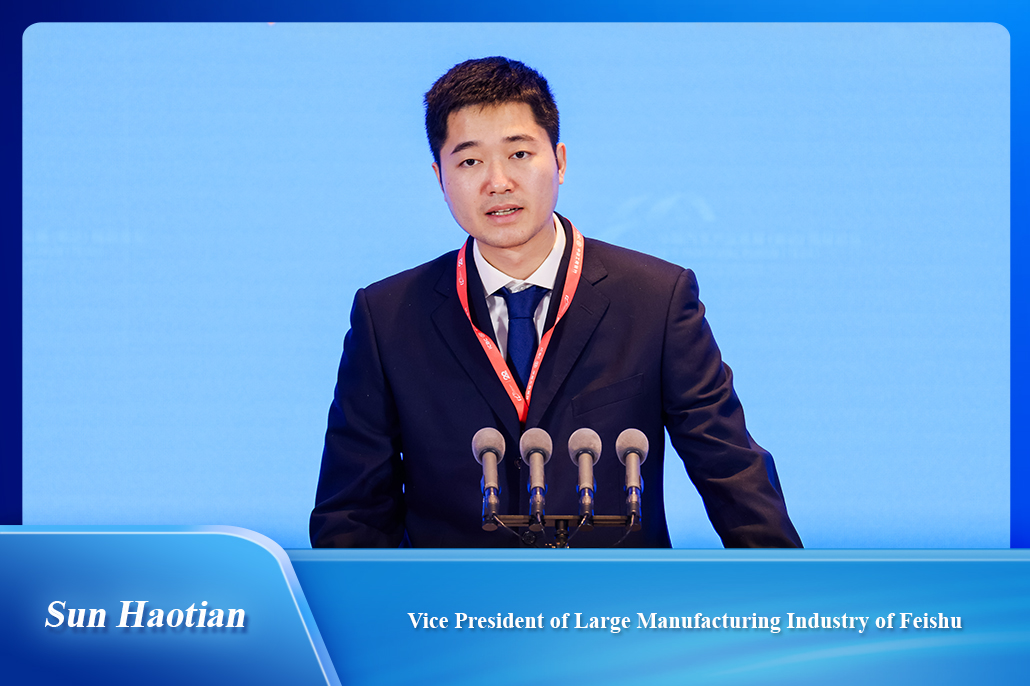
“There is a broader market and space overseas, but it also presents entirely different competition and challenges. Building organizational capabilities for global expansion is crucial. The process of expanding the automotive industry abroad—from initially selling products, to building factories overseas, to establishing R&D institutions and international organizations—faces distinct challenges at each stage, including both business and strategic issues, as well as organizational capability challenges.”








